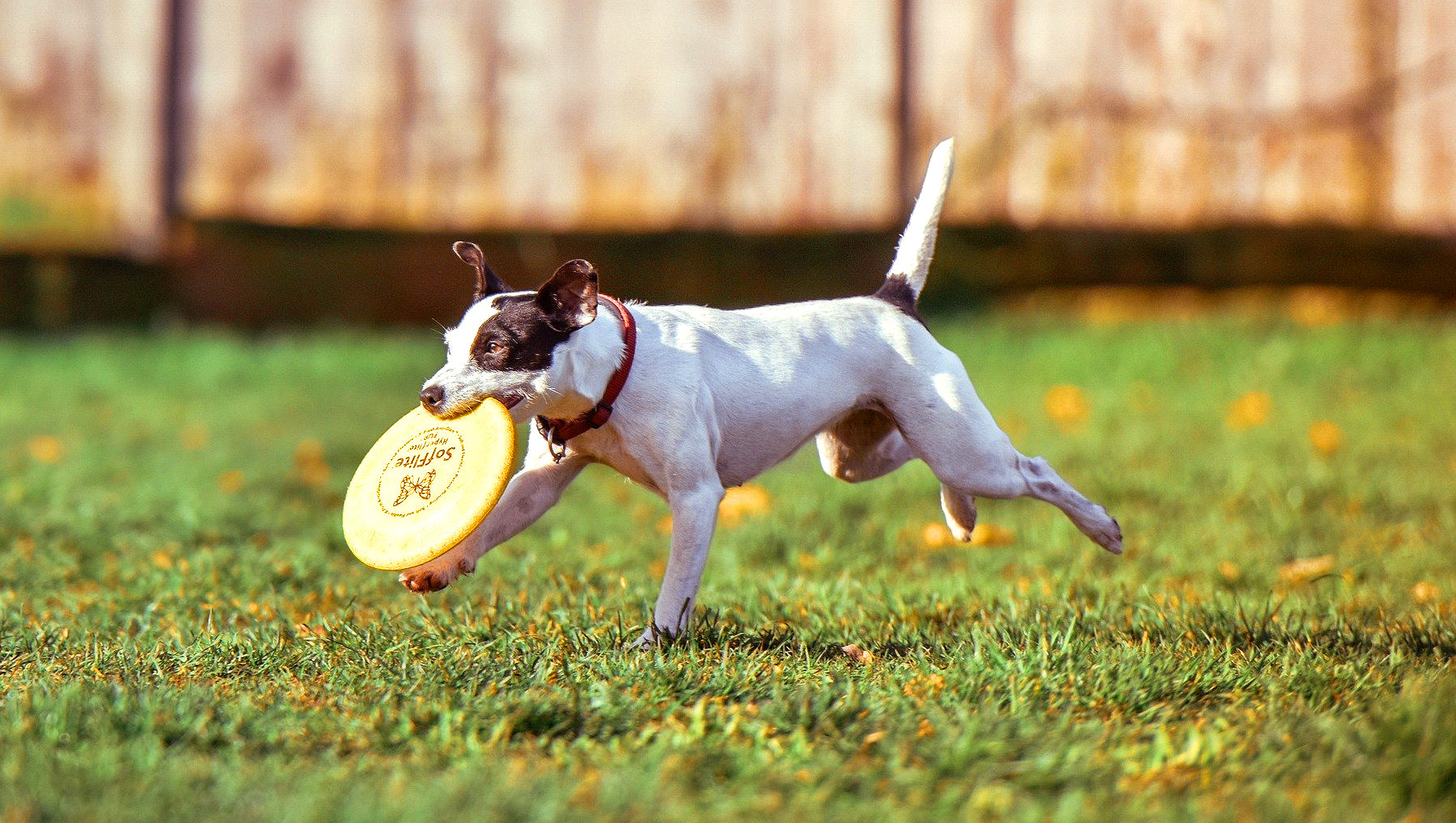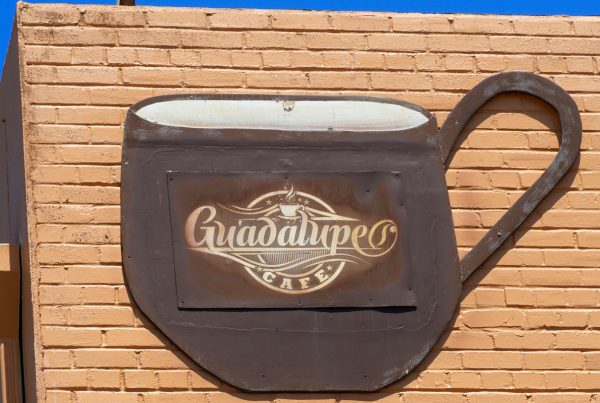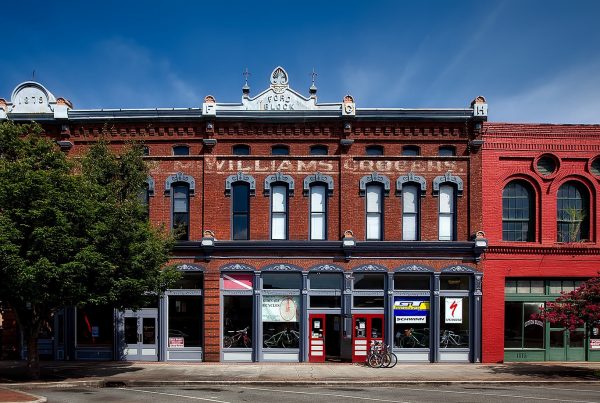Consider This
In January 2019, the National Parks and Recreation Association (NRPA) unveiled the most recent group of cities to be awarded grant funding for the 10-Minute Walk. Launched in 2017, 10-Minute Walk is a campaign that’s focused on creating a world where, by 2050, everyone in U.S. cities — large and small — has safe access to a quality park or green space within a 10-minute walk of home. The first group of recipients were announced in spring 2018. Thanks to a partnership between NRPA, The Trust for Public Land and the Urban Land Institute, this much-needed funding enables cities to develop innovative and equity-driven systems change methods to provide their citizens with more access to high-quality, close-to-home parks and public green space. Among the 22 recipients for 2019 are the city of Bennettsville, South Carolina, and the city of Winooski, Vermont — both rural park agencies representing populations of less than 9,000.
It can be hard to see the forest for the trees. While we can certainly see more people out walking, riding bikes and capturing moments in the great outdoors since the pandemic started, we should capitalize on the forest – the big picture. By fostering a great user experience for people in our parks and streets, we can build not only a healthy community but also build a sense of place and pride.
As explained in a blog on Altitude Design Office, “Encouraging people to use, enjoy and relax in their public spaces rather than emphasizing public space restrictions and rules can lead to increased stewardship and pride in people’s neighborhoods and parks.”
The agora (/ˈæɡərə/; Ancient Greek: ἀγορά agorá) was a central public space in ancient Greek city-states. It is the best representation of a city-state’s response to accommodate the social and political order of the polis. The literal meaning of the word “agora” is “gathering place” or “assembly”. And from History.com we know that The Roman Forum, known as Forum Romanum in Latin, was a site located at the center of the ancient city of Rome and the location of important religious, political and social activities. Historians believe people first began publicly meeting in the open-air Forum around 500 B.C., when the Roman Republic was founded.
Public space is as vital to the health of a community as clean air is to our lungs. It is not “leftover” space, though it can be “found space.” It should be planned for, and be near human populations, easily accessible, and safe. Look at what happened when Hong Kong, in response to the pandemic, banned diners from inside restaurants. Photos on Facebook show workers using their breaks to eat in urban parks in extreme heat or in public toilets in heavy rain. Although the decision was reversed within 48 hours, it spotlighted the dearth of urban public spaces in this city of 7.5 million people.
Urban space isn’t just a nice-to-have. Studies have shown that living in a city comes with a 40% higher risk of depression and over 20% risk of anxiety compared to rural areas. Put simply, public space is good for your mental health and wellbeing.
How do rural communities fare when it comes to public space designated for rest and relaxation? You might think that “rural” would mean there is a lot of areas just for healthy breaks, but you might be mistaken.
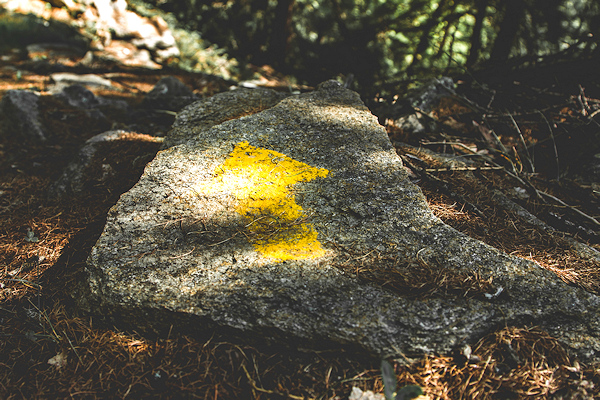
Here’s what planners in rural communities point out: “We don’t have a lot of sidewalks; we’re in a rural community. My neighborhood doesn’t have sidewalks. Our downtown is very walk-able but getting people to our parks is kind of hard because we don’t have public transportation so easily accessible as urban areas. We also have to deal with a lack of funding and money. I think that in many more urban areas, they can pull from a couple different pots, where we have limited resources and limited budgets compared to those areas. How do we leverage and maximize our resources and facilities to get the most bang for our buck? How do we keep them sustainable and in great shape for years to come?”
We see commonality between the visions held by many rural communities: People first. This translates to, “building social equity and inclusivity to meet the needs of their diverse populations.”
Little Ideas, Big Results
So what are some important ways to address outdoor space, make it important to the community, and assure it is reachable by the right people?
One way is to look for “found space” and rather than let it languish, make it take on value, by designating its purpose. This includes signage, pathways, plantings, and fencing.
For example, set up a dog park in one of your city parks or on land that is on a major traffic thoroughfare for tourists as they travel to and from neighboring points of interest. This can draw people with their pets for a little while to enjoy your parks and see our community.
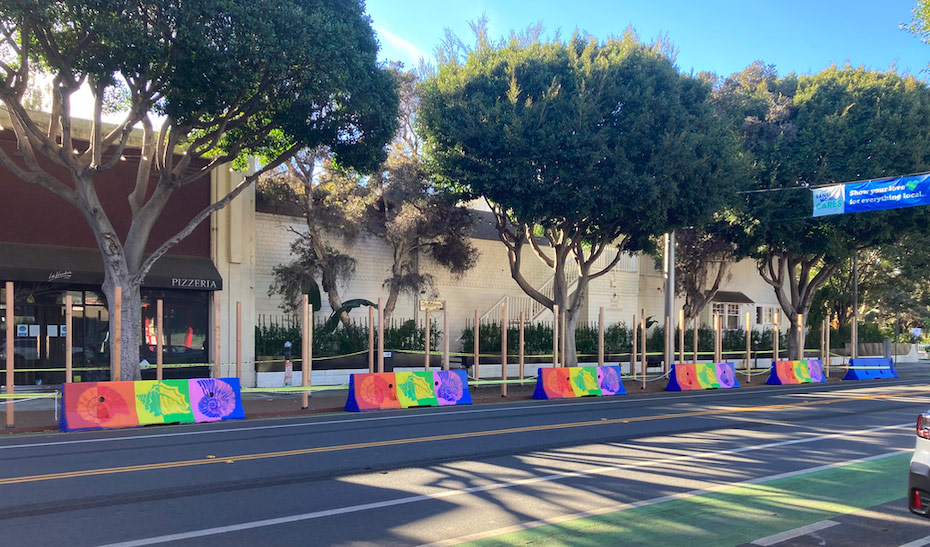
Born from the ubiquity of COVID restrictions, artists have discovered an exciting new canvas — street side K-Rails.
Up and down Main Street, the concrete barriers installed for al-fresco dining have been adorned with vibrant artwork in the latest installment of Santa Monica’s “Art of Recovery” initiative, which employs artists in service of the City’s recovery efforts.
The National Association of City Transportation Officials (NACTO) is a nonprofit that is focused on helping cities realize their goal of safe, equitable transportation options. In their Parklet Program they have defined a parklet as,
“A physical intervention that takes over one to three parking spaces, widening the sidewalk and creating places to sit, talk, play, dance, eat, read, nap, observe or park your bicycle.”
Image courtesy of Arup. Featured in Jonathan Mottershead’s piece on Arups Infrastructure plan in Liverpool
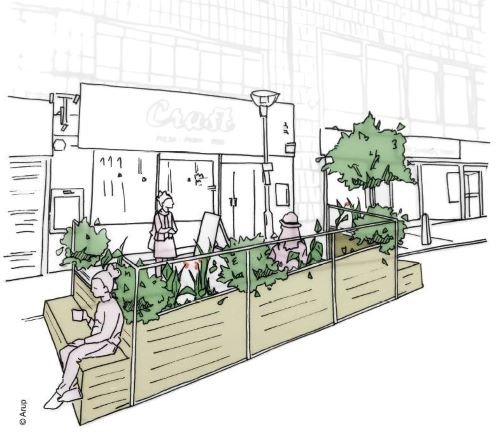
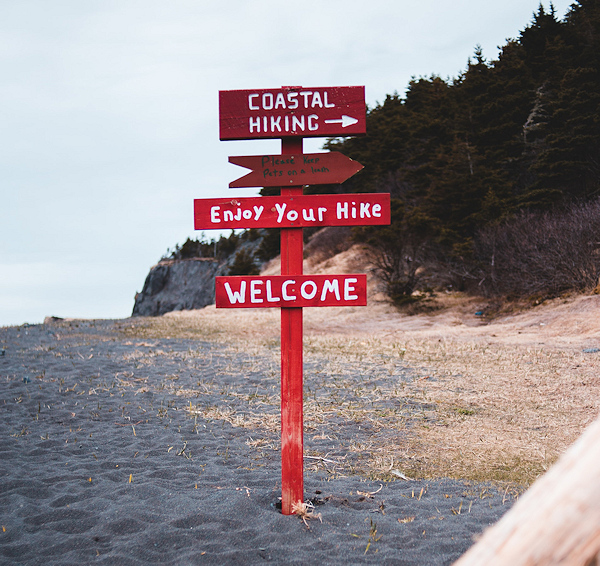
The retaking-public-space approach already is being used in cities across the nation as a way to give residents more space to safely walk and bike for exercise and transportation. Other suggested adaptations during the pandemic — most of which urban advocates have called for long before COVID-19 — include the use of golf courses and cemeteries as additional parks and green space.
In the summer of 2019, Portland, Maine, launched a pilot program allowing restaurants to use on-street parking spaces for seating. Parklet programs have proven to be effective and popular in cities such as Long Beach, California.
Numerous California cities have since adopted parklet pilots. San Francisco, Long Beach and Los Angeles are among the cities that have established robust permanent programs.
Use your imagination, think about your goals and mission for your town. Give us a call for brainstorming, and do keep people front and center. After all, why have public spaces if no one uses them?

